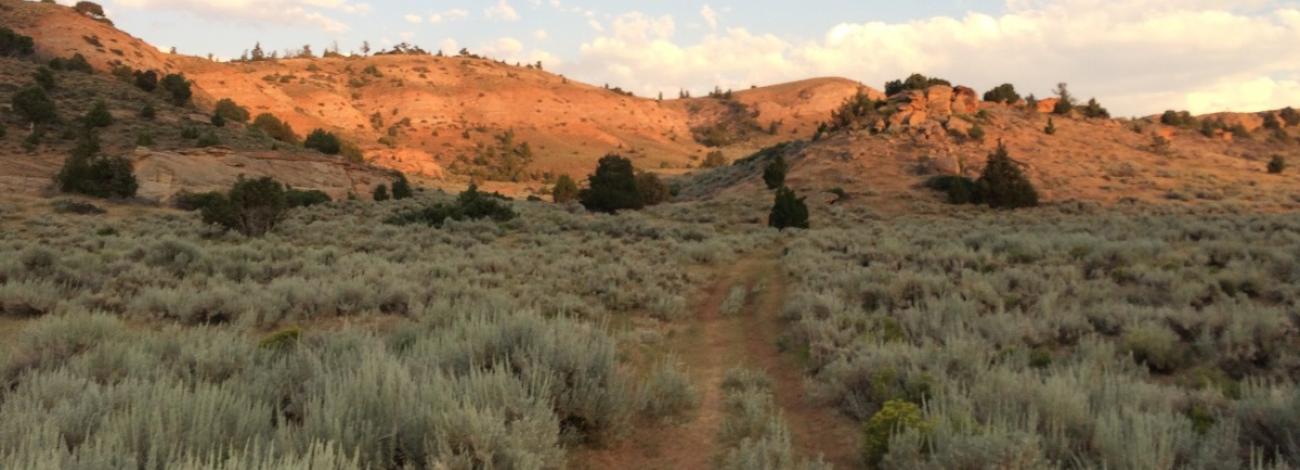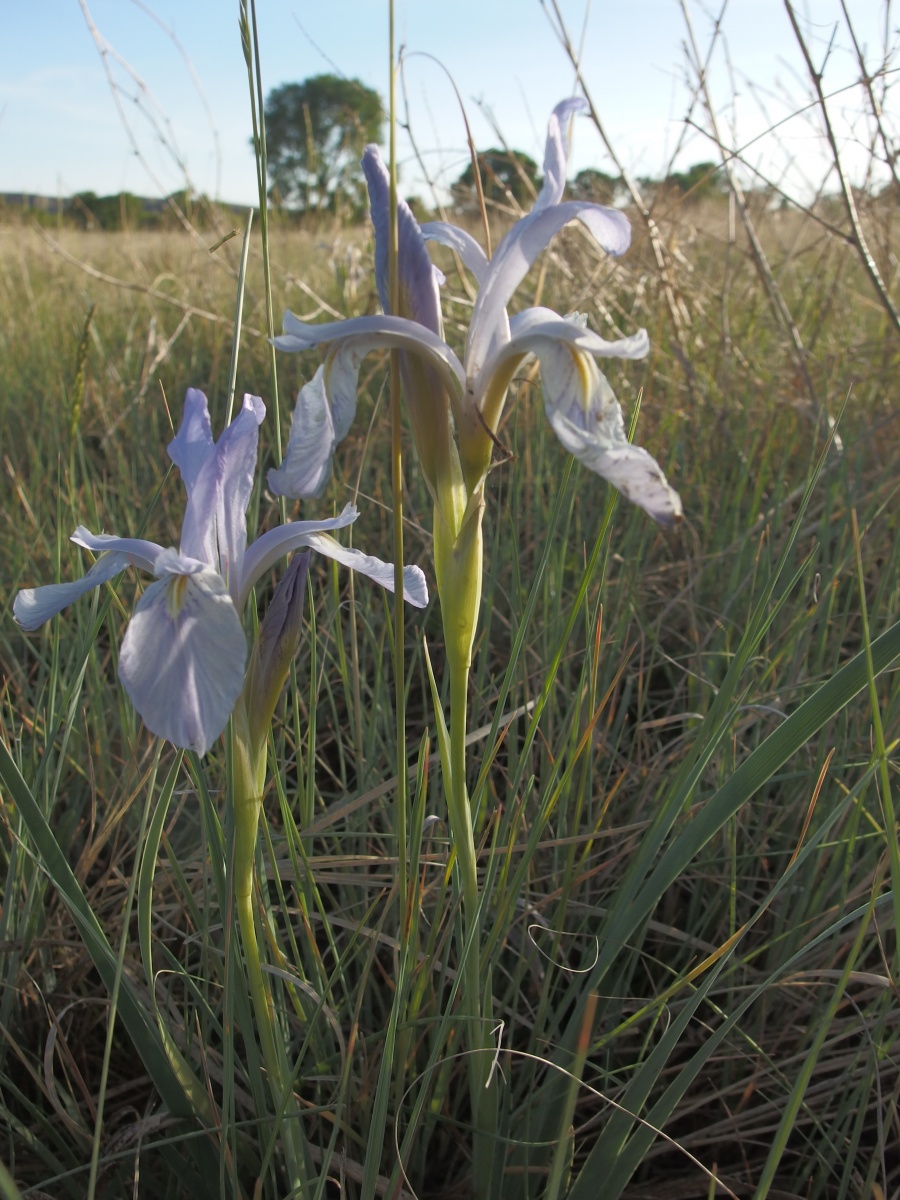
BLM WYOMING NATIVE PLANTS PROGRAM
Sagebrush Steppe
The classic plant community on Wyoming BLM lands is sagebrush steppe, which occurs in both the Wyoming Basin and Northwestern Great Plains Level III Ecoregions. Although sagebrush steppe communities may look monotonous or barren from the road, they are actually comprised of an extremely diverse mixture of shrubs, grasses, and herbaceous flowering plants, each highly adapted to the harsh, dry climates where they grow. The most common shrub in these ecosystems is of course sagebrush, which is known for its aromatic, slivery-green leaves. There are over 20 species of sagebrush shrubs and herbs that grow in Wyoming. Stunning wildflowers are on display in sagebrush communities from late spring and through mid-summer.
Mixed Grass Prairie
Mixed grass prairies are common on BLM lands in northeastern Wyoming, in the Northwestern Great Plains Level III Ecoregion. The dominant plant component of these semi-arid, drought tolerant communities is perennial grasses. The word “mixed” in mixed grass prairie refers to the fact that there are both short grasses and tall grasses present. Native grasses establish extensive, prolific root systems, which allow them to take up water even in relatively dry conditions. Over time, these grass roots improve the soil by leaving behind organic matter as they die and decompose. This organic matter acts as a sponge and helps keep the soil most for longer periods of time. Look for wildflowers from late spring through late summer in mixed grass prairie communities on Wyoming BLM lands.
Riparian
Although the typical BLM landscape is dry and dusty, the BLM also manages wetland plant communities adjacent to springs, creeks and rivers. These are broadly referred to as riparian communities. Riparian plant communities vary widely, and different types occur throughout all of the Level III Ecoregions of the state. Riparian systems contain a diversity of plant species not found in drier areas, including wetland grasses, sedges, rushes, willows and a wide variety of herbaceous flowering plants. Field mint is common throughout wetlands on Wyoming’s BLM lands. If you notice a minty smell as you walk through a wet meadow, it is likely that you are smelling menthol given off by the leaves of this pungent native member of the mint family. Other botanical gems of BLM riparian communities include several orchid species that grow in wet meadows – look hard enough and you may just find one!


